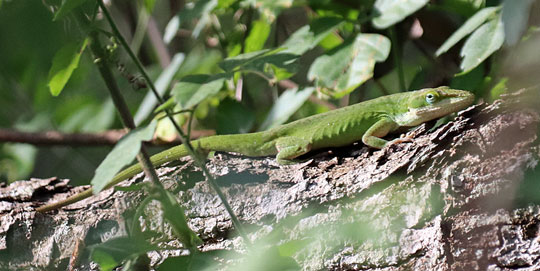8 April 2024
The second big event of the day - watching the bats emerge from their cave at dusk. With over 10 million bats, the Frio Bat Cave has the second largest population of Mexican free-tailed bats in Texas - probably in the world. It’s the largest population that is accessible to the public. It can take up to three hours for all the bats to exit the cave. We watched until it got too dark to see the bats. During that hour, we estimate we saw between 2 and 3 million bats leave the cave!
 |
| The gate opens at 7 PM for bat viewing. A long line of cars had already formed for the dusty drive in. |
 |
| Ready for the bats to emerge.
|
 |
| Bats flying out of the cave. |
Bats flying out of the cave.
Bats flying out of the cave in slow motion.
 |
| The chaos of bats coming out of the cave. |
 |
| The bats organize into a stream. A red-tailed hawk (upper left) is ready to pick off one at a time for his evening meal. A merlin also came for his dinner. |
 |
| Streams of bats from the two main cave entrances converge. |
More bat video in slow motion.
 |
| A river of bats. |
 |
| The bats head out to eat insects over agricultural fields. They look like smoke in the distance. They even show up on weather radar. |


























































